.jpg)
911 GT3 MY 2000
Loosely translated from the original German
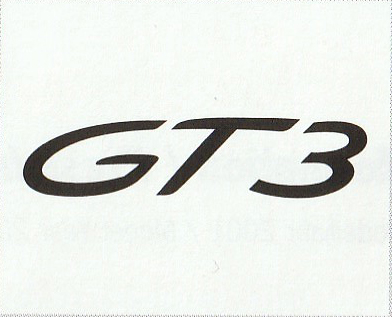
The Porsche 911 GT3 sprints from 0 to 100 km/h in just 4.8 seconds. After a further eleven seconds, the speedometer needle reaches the 200 km/h mark. The urge for propulsion only ends at 302 km/h. At the Nürburgring, the GT3 set a new lap record for production vehicles: it needed 7.56 minutes for a lap of the Nordschleife. The handling is designed for very sporty, agile handling and provides excellent road contact. The reactions of the 911 GT3 remain predictable and easy to control even in extreme situations.
.jpg)
The 3.6-liter unit is a further development of the 6-cylinder aluminum boxer engine from the 911 GT1. Up to 370 Newton meters at 5,000 rpm are sent to the rear wheels via a six-speed manual transmission. At 7,200 rpm, the engine delivers its maximum power of 265 kW (360 hp).
All four wheels have been upgraded: reinforced 4-piston monobloc fixed calipers with diagonal wear compensation and perforated and internally ventilated brake discs enlarged to 330 millimeters in diameter. This means that the GT3, along with the new 911 Turbo, delivers the best deceleration values among Porsche series sports cars.
The 911 GT3 has already won its laurels before its market launch. With two-time rally world champion Walter Röhrl at the wheel, it takes less than eight minutes to complete the Nürburgring Nordschleife. To be precise: the GT3 needs 7.56 minutes for the 20.8-kilometer route. The stopwatch impressively and objectively documents the successful work of the Porsche development engineers: In Weissach, a top athlete was created with driving performance at the highest level. At the same time, it demonstrates high agility and superior handling characteristics combined with high active safety.
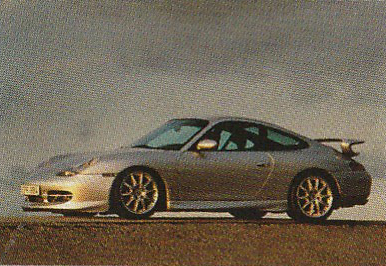
Compared to the 911 Carrera, the GT3 presents itself with minor visual changes. The new front end, subtle side skirts, a fixed rear wing, red brake calipers and 18-inch sport design alloy wheels are particularly eye-catching. The front wheels are fitted with 225/40 ZR 18 tires as standard, while the rear tires are 285/30 ZR 18. This means that the 911 GT3 accelerates from 0 to 100 km/h in just 4.8 seconds, from 0 to 200 km/h it takes 15.8 seconds and the elasticity (80 to 120 km/h) is 6.7 seconds in fifth gear. The top speed is 302 km/h.
The 3.6-liter engine with a maximum output of 265 kW (360 hp) at 7,200 rpm and a maximum torque of 370 Newton meters at 5,000 rpm impresses with its compact dimensions, vibration-free operation, high power reserves, ample torque curve and turning ability. In addition, fuel consumption has been reduced compared to the previous model, the Carrera RS. With a total consumption of 12.9 liters per 100 kilometers (EU standard), the GT3 uses 0.9 liters less gasoline.
The heart of the GT3 is based on the water-cooled 6-cylinder boxer engine of the Le Mans-winning 911 GT1. What has proven itself under the toughest racing conditions also guarantees the highest reliability in a production sports car. Examples of this include a special surface finish on the crankshaft and the use of high-quality materials such as titanium for the connecting rods. The connecting pieces between the piston and crankshaft are manufactured using a particularly complex process to ensure optimized strength even at high speeds (maximum speed for the GT3: 7,800 rpm) and to ensure the speed reserves required for racing engines (up to around 9,000 rpm).
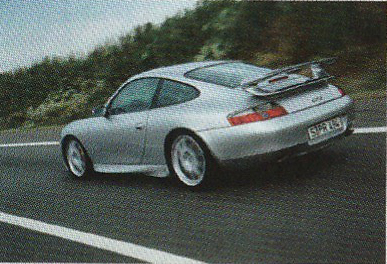
The power transmission in the 911 GT3 is handled exclusively by a six-speed manual transmission, a development based on the 911 GT2 transmission. All six gear ratios are adapted to the speed and performance level of the GT3 engine or the vehicle.
In order to meet the requirements of motorsport, particular emphasis was placed on the following points when designing the transmission:
The chassis is designed for sporty driving behavior, superior handling characteristics and high driving safety. The chassis concept adopted from the 911 Carrera was structurally adapted to the specific requirements such as higher performance and handling for use in racing. In addition to the general requirements for the front and rear axles, these include:
Compared to the 911 Carrera, the front and rear axles are fitted with larger and reinforced four-piston aluminum fixed calipers in a monobloc design. When required, they have a firm grip on the perforated and internally ventilated brake discs. On the front axle, the brake disc diameter is 330 millimeters (911 Carrera: 318 mm) and the width is 34 millimeters (911 Carrera: 28 mm). On the rear axle, the diameter is also 330 millimeters (911 Carrera: 299 mm) and the width is 28 millimeters (911 Carrera: 24 mm). This means that the GT3, along with the new 911 Turbo, delivers the best deceleration values among Porsche series sports cars.
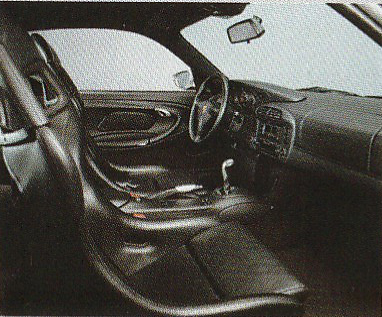
Leather-covered sports bucket seats replace the well-known 911 seats in the GT3. They not only guarantee optimal lateral support, but also excellent comfort on long journeys and when getting in and out. An important advantage for sports enthusiasts: they save around 20 kilograms in weight. The savings in favor of sportiness are also noticeable behind the lightweight bucket seats. The rear seat system is completely missing, reducing the vehicle's weight by a further eight kilograms.
The 911 GT3 is also available in a Clubsport variant. This equipment was specially developed to enable participation in motorsport events that require approval without major retrofitting. A special feature is the roll cage bolted to the body, which, in comparison to earlier 911 Carrera RS models, includes the spring strut mounts of the rear axle for stabilization. This means that the chassis forces are not only directed into the body, but also directly into the roll cage. In tough motorsport use, this means that the forces acting on the rear suspension struts only lead to minimal deformation of the body.
.jpg)
.jpg)
.jpg)
.jpg)
911 GT3 MY 2000
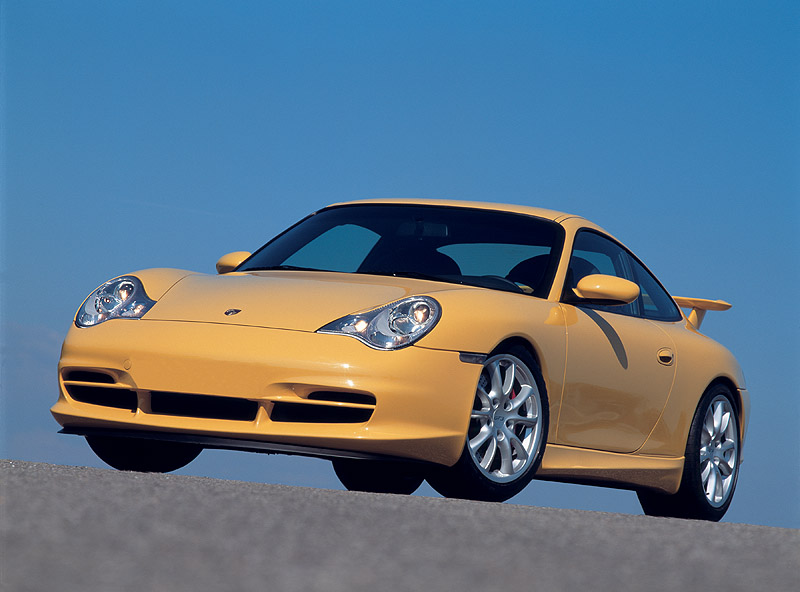
911 GT3 MY 2004 (NA)

Porsche Press kit

Porsche Literature

Our Porsche Cars